Introduction to Humanoid Robots

Humanoid robots are gaining significant attention in today’s technological landscape. With several companies, including major tech giants, fiercely competing in this field, the future of these human-like machines is a topic of great interest. This introduction sets the stage for exploring the advancements and potential of humanoid robots, which are designed to mimic human form and function.
Humanoid robots are so hot right now.
The exploration of humanoid robots involves understanding the key players in the industry and the innovations they bring. As we delve into this subject, we aim to uncover what the future holds for these “marching metallic mechanisms made in our image.”
Stay tuned as we dive deeper into the world of humanoid robotics, starting with Boston Dynamics’ New Atlas.
Boston Dynamics’ New Atlas
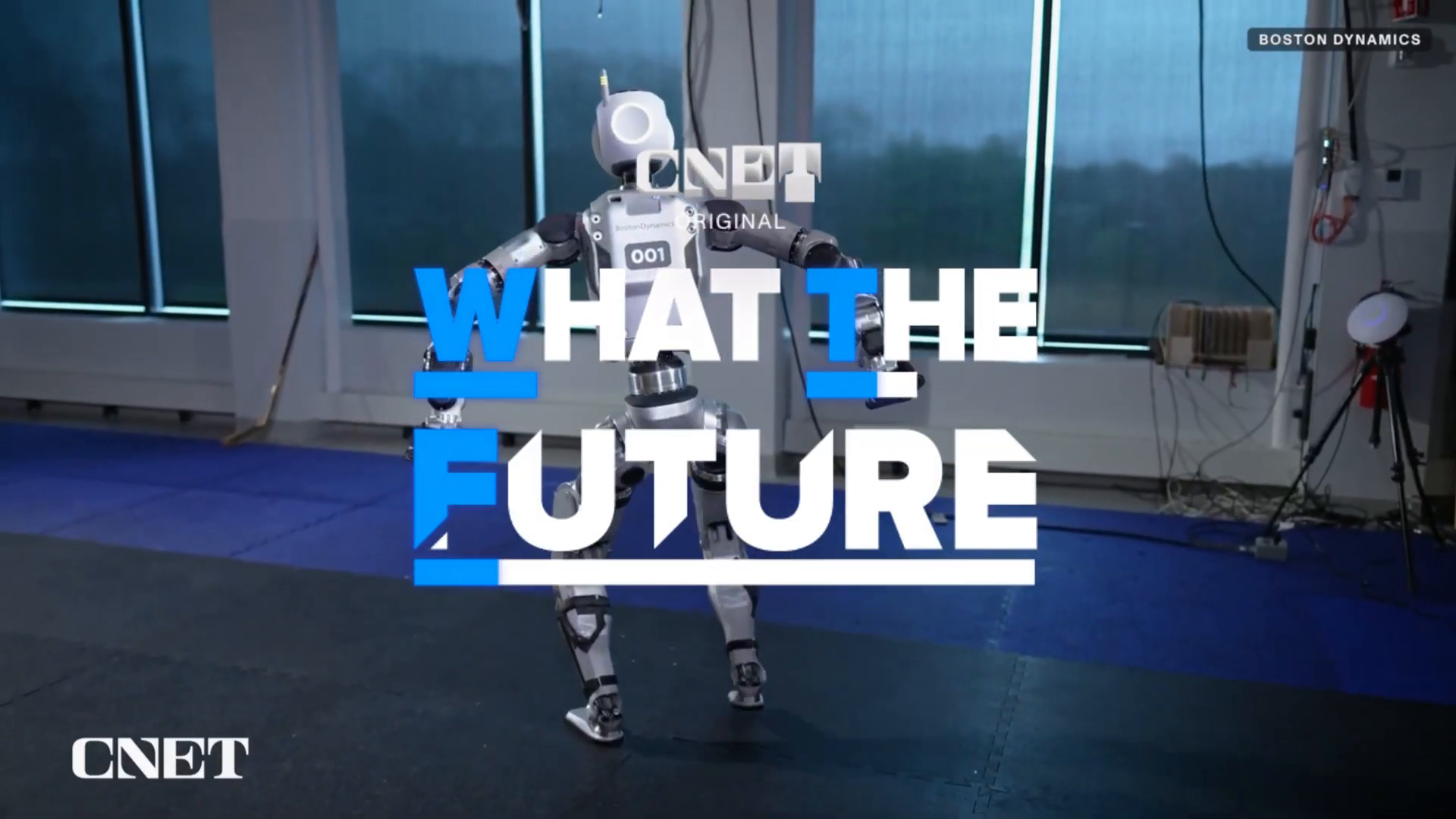
Boston Dynamics has unveiled an all-new, all-electric version of its Atlas robot, marking a significant shift from its previous hydraulic model, now referred to as the HD Atlas. This transition is seen as a crucial step towards the commercialization of robotic technology.
“This year, Boston Dynamics introduced an all new, all electric Atlas.”
The new Atlas is designed to perform movements that can be described as “superhuman,” showcasing the potential of advanced humanoid robotics. This development is expected to pave the way for further innovations in the field, as the capabilities of humanoid robots continue to expand.
“The all new Atlas is capable of moving in what I would call superhuman ways.”
The introduction of the electric Atlas represents a pivotal moment in the evolution of robotics, highlighting Boston Dynamics’ commitment to pushing the boundaries of what robots can achieve. As technology progresses, we can anticipate seeing more robots with enhanced abilities, contributing to various sectors and applications.
For more insights into the world of humanoid robots, explore our Introduction to Humanoid Robots and Innovations in Humanoid Robotics pages.
Innovations in Humanoid Robotics
Humanoid robots, designed to resemble humans, are increasingly performing tasks traditionally done by people and operating in human-centric environments. However, this does not mean they are constrained by human limitations.
“Just because these robots are shaped like humans, doing jobs traditionally performed by humans, and operating in environments made for humans, doesn’t mean they have to be limited in the same way as human beings are limited.”
For instance, robots can achieve greater efficiency by moving their torsos and legs in different directions simultaneously. This flexibility not only enhances their functionality but also serves as a striking demonstration of a company’s technological prowess, helping them to stand out in the competitive robotics market.
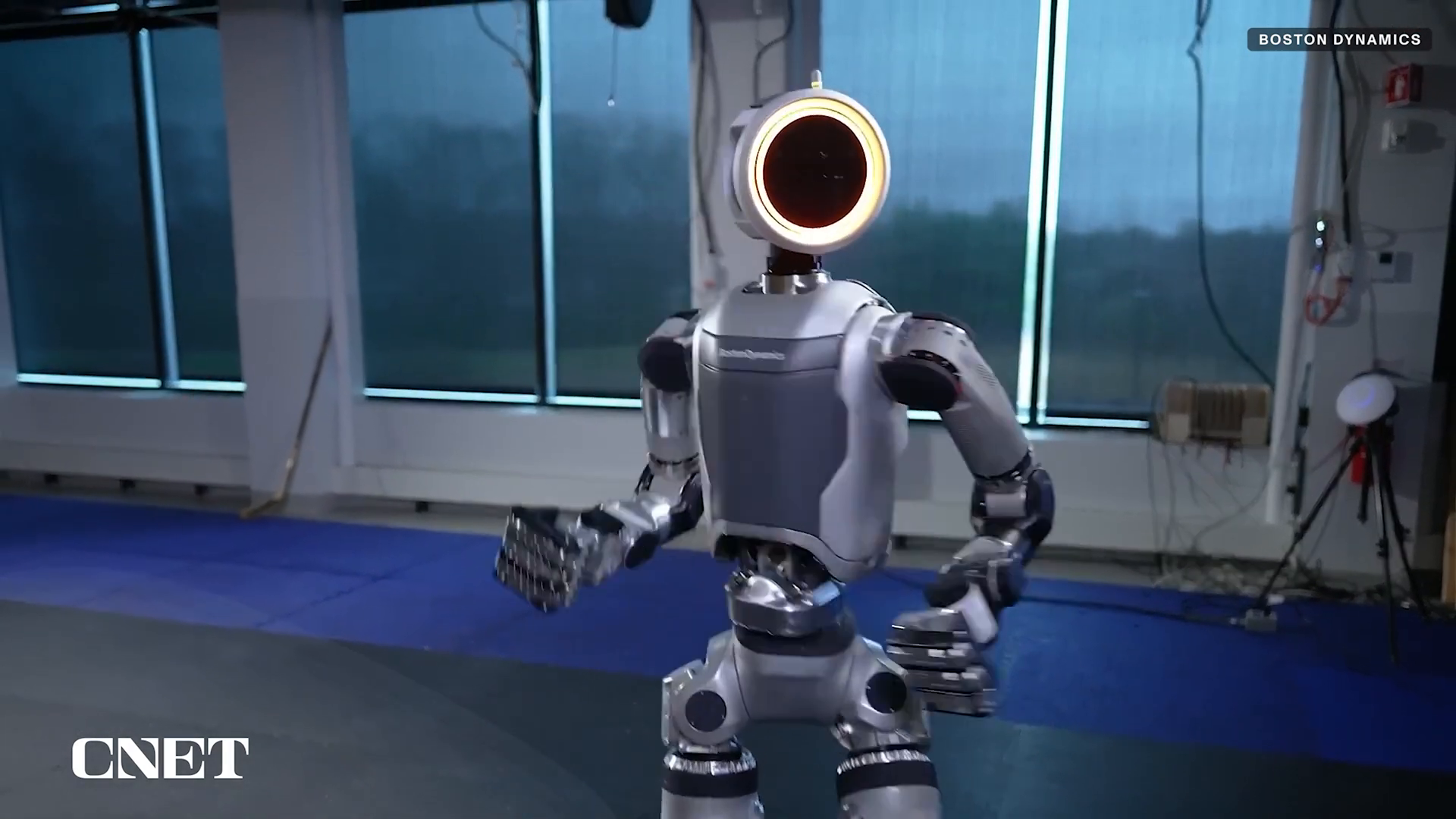
This image illustrates a humanoid robot, showcasing the advanced design and movement capabilities that are becoming hallmarks of innovation in this field.
Explore more about humanoid robots in the Introduction to Humanoid Robots and Boston Dynamics’ New Atlas sections.
Uni Tree and Affordable Robotics
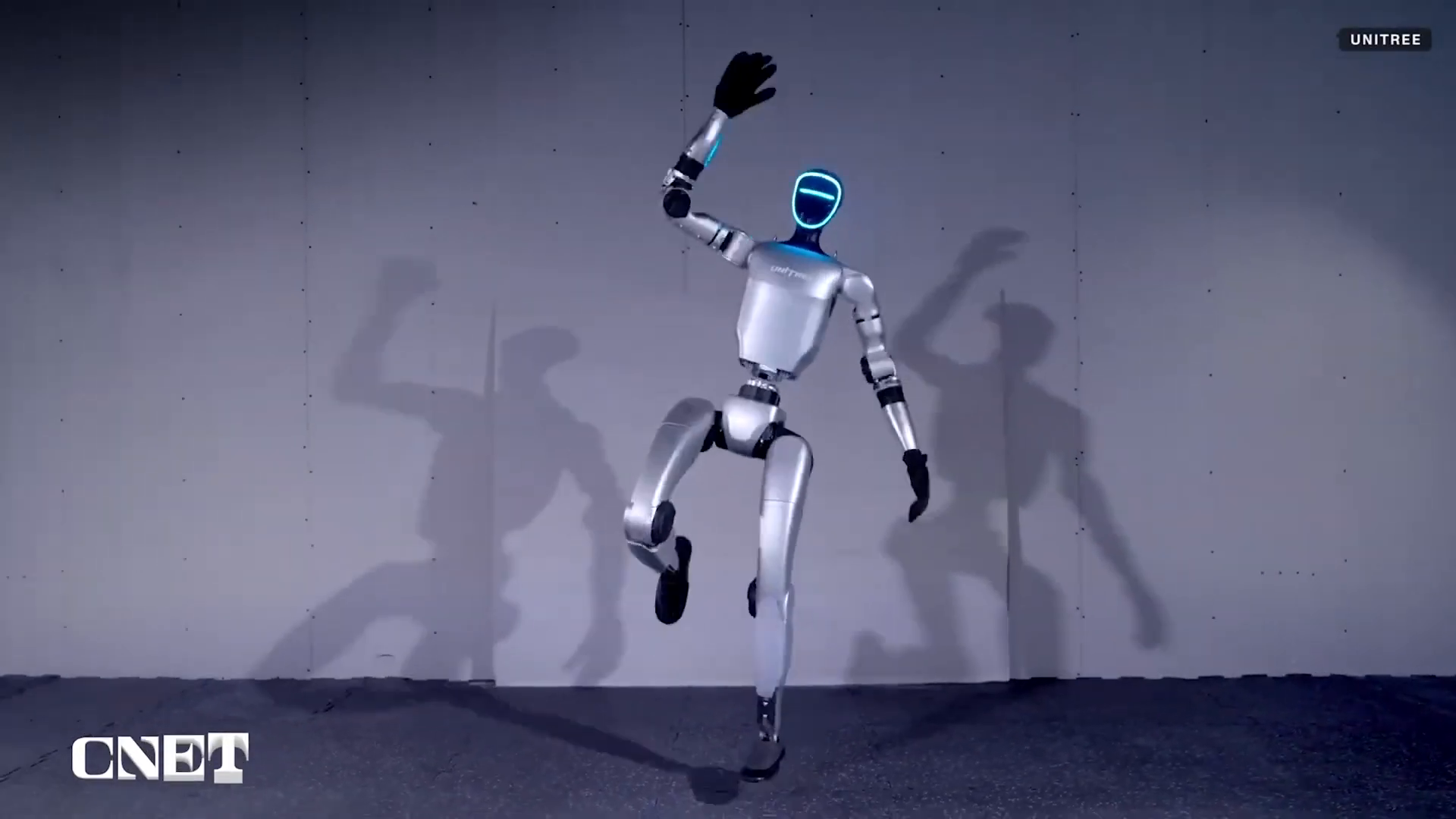
Introduction to Uni Tree G1
The Uni Tree G1 is a compact and cost-effective humanoid robot, priced at approximately $16,000. This robot is designed to be easily stored and shipped, as it can fold down to less than three feet in size.
Affordability and Design Features
Uni Tree, a Chinese company, has carved a niche in the competitive robotics market by offering more affordable robotic solutions. Their products include both bipedal and quadrupedal robots, making advanced robotics more accessible.
Uni Tree is a Chinese company that distinguishes itself in the crowded field of robotics by producing more affordable robots on both two and four legs.
Market Positioning of Uni Tree
Uni Tree’s strategy focuses on affordability without compromising on functionality, setting them apart from other companies in the robotics industry. Their approach allows them to cater to a broader market, including educational institutions and small businesses looking for innovative yet budget-friendly robotic solutions.
For more insights into humanoid robotics, explore our Innovations in Humanoid Robotics page.
Humanoid Robots in Home and Industry
Humanoid robots are increasingly being designed for home environments, setting them apart from those traditionally used in industrial settings like warehouses. One X’s latest humanoid robot, Neo, exemplifies this shift. In its announcement video, Neo is depicted with its arm around a person, a gesture that is not commonly seen in robotics marketing. This portrayal suggests an effort to build trust and present the robot as a reliable home assistant.
The focus on home environments highlights the importance of trust and human-robot interaction. By designing robots that can seamlessly integrate into daily life, companies aim to create machines that are not only functional but also approachable and safe for personal use.
In industry, humanoid robots continue to play a crucial role, offering solutions that enhance efficiency and productivity. However, the move towards home applications represents a significant evolution in how these robots are perceived and utilized.
For more insights, explore related topics such as Challenges of Autonomy in Robotics and Partnerships and Technological Synergies.
Challenges of Autonomy in Robotics
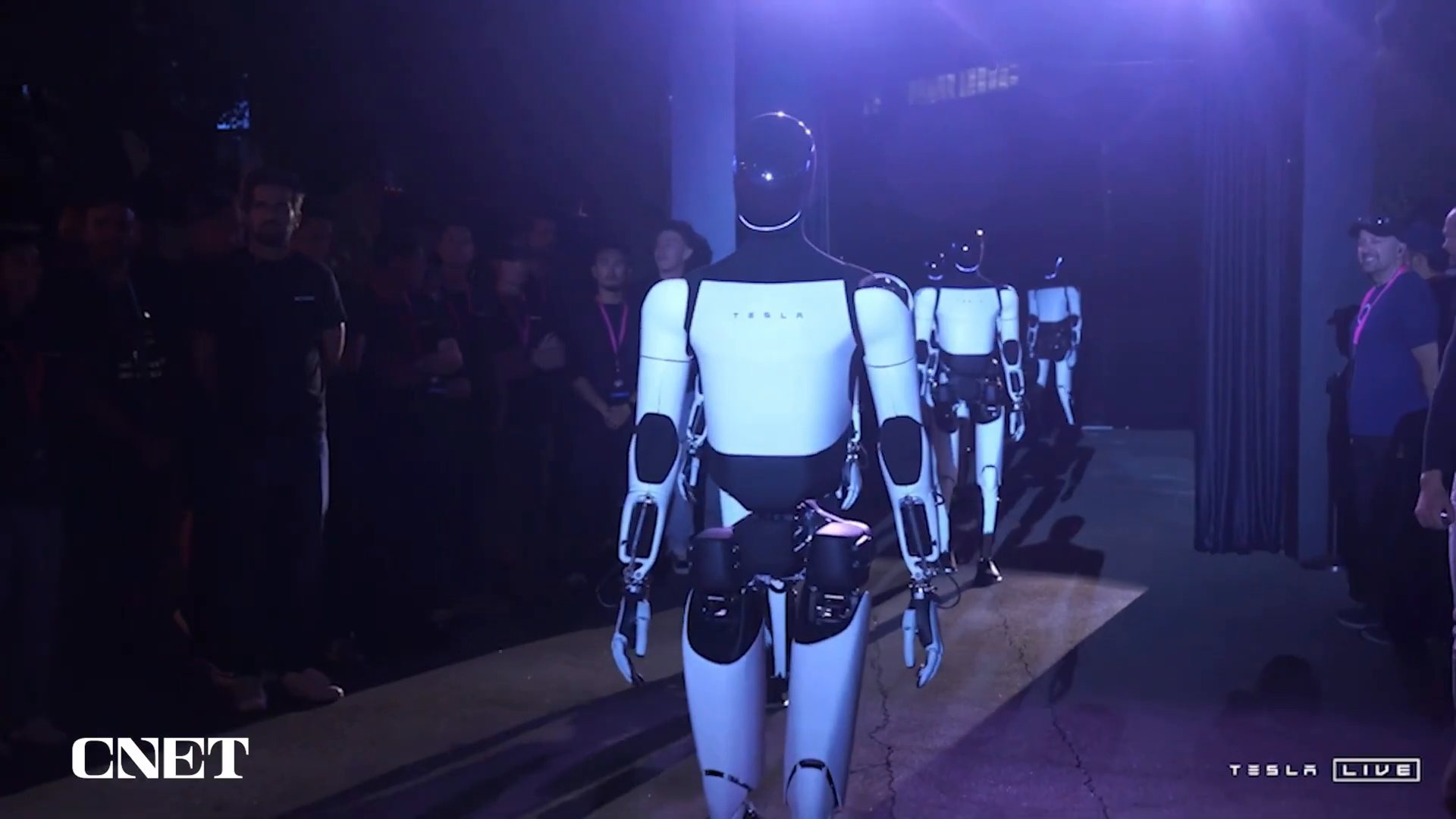
Autonomy in robotics is a critical factor that determines the usefulness and adaptability of robots in various environments. For robots to be truly effective, they must be capable of learning new skills with minimal human intervention. This can be achieved through methods such as observation and mimicry, learning and simulation, teleoperation, or a combination of these techniques.
“To be truly useful, robots will have to be able to learn new skills with as little help as possible.”
The transparency of a robot’s autonomous capabilities is also crucial. Some companies are clear about whether their demonstrations are autonomous or fully autonomous, while others may not disclose the extent of human assistance involved. For instance, during Tesla’s “We Robot” event, the Optimus robot was showcased performing tasks, but it was reportedly not operating autonomously due to challenging conditions like low light and crowded spaces. However, Tesla later released footage of the robots autonomously executing similar tasks in a controlled lab setting.
“If a company isn’t telling you clearly that what you’re seeing is autonomous, autonomy should never be assumed.”
Understanding the level of autonomy in robotic demonstrations is essential, as it can significantly impact the perception and expectations of robotic capabilities. Transparency in this area helps build trust and sets realistic expectations for the future of robotics.
Explore more about Innovations in Humanoid Robotics and Humanoid Robots in Home and Industry.
Partnerships and Technological Synergies
In the rapidly evolving field of robotics, partnerships and technological synergies are playing a crucial role in accelerating development and innovation. By collaborating with leading tech companies, robotics firms are leveraging existing technologies to enhance their capabilities and bring advanced robots to market more efficiently.
“We’ve already seen several robotics companies partnering up with companies like Nvidia and OpenAI.”
Collaborations with Tech Companies
Robotics companies are increasingly partnering with tech giants such as Nvidia and OpenAI. These collaborations allow them to utilize cutting-edge hardware and software, enabling robots to communicate, learn, and perform tasks more effectively. This approach significantly reduces the time and resources required compared to developing these technologies independently.
Tesla, for instance, has repurposed its self-driving technology, originally developed for cars, to control humanoid robots. By leveraging existing data, hardware, and AI, Tesla has efficiently adapted its technology for new applications, demonstrating the potential of cross-industry synergies.
Leveraging Existing Technologies
Boston Dynamics’ partnership with the Toyota Research Institute exemplifies how existing technologies can be adapted for new uses. Toyota is developing a large behavior model, akin to a large language model, to generate human-like behaviors. This collaboration highlights the potential for shared advancements in both self-driving and humanoid robotics.
Future of Robotics and AI Partnerships
The future of robotics and AI is likely to see even more partnerships between the self-driving and humanoid robotic spaces. These collaborations could lead to significant advancements in both fields, as companies continue to explore the synergies between different technologies and applications.
“It’ll be interesting to watch if more partnerships emerge between the self driving space and the humanoid robotic space.”
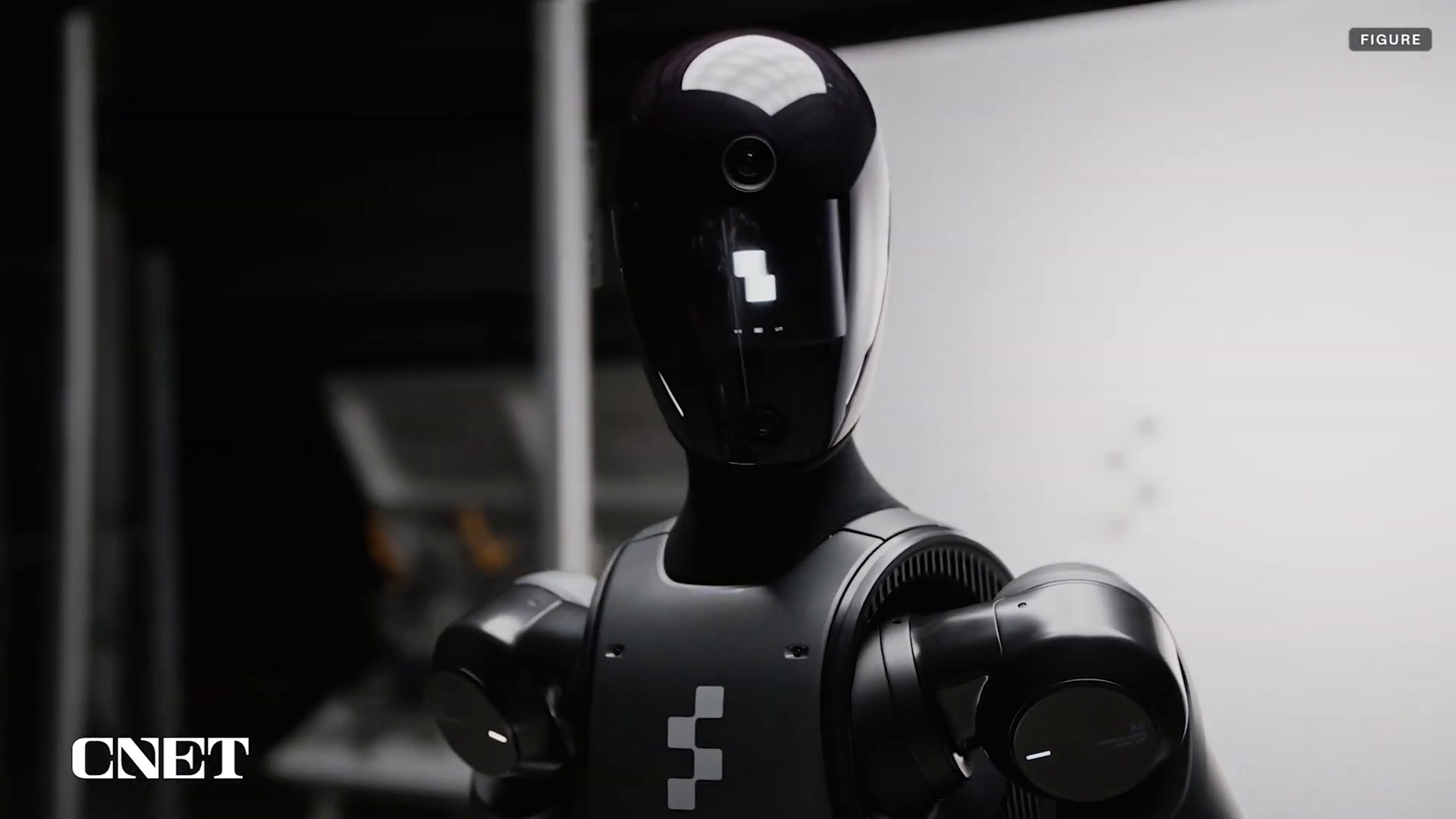
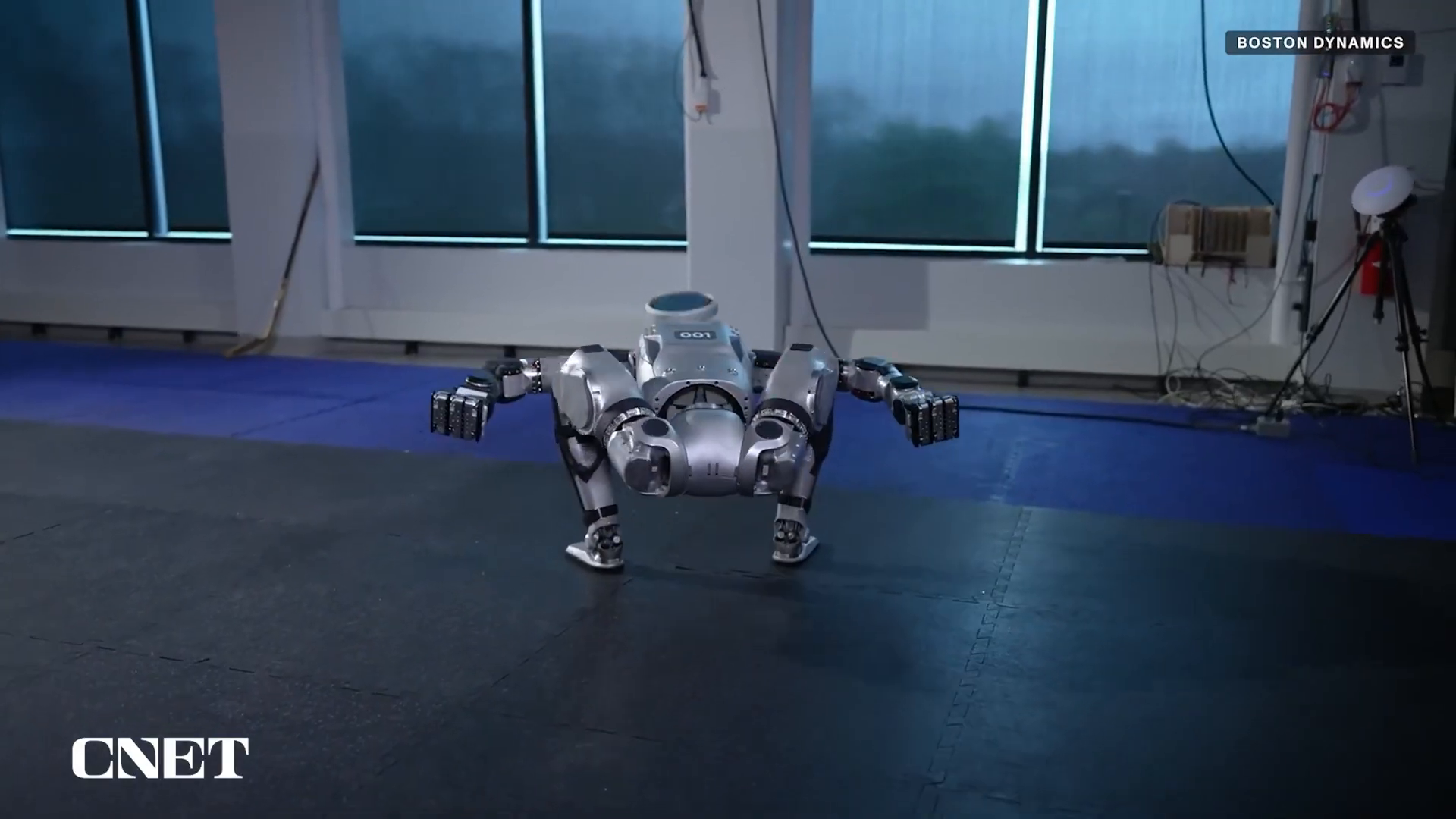
As we conclude our exploration of humanoid robots, it’s clear that the future holds exciting possibilities. The advancements in hypermobility and the growing number of industry partnerships are paving the way for a new era in robotics. Companies are striving to set themselves apart in this rapidly evolving field, contributing to a diverse and innovative landscape.
I’m expecting more feats of hypermobility, more industry partnerships, and more companies seeking to distinguish themselves from the army of humanoid robots marching into the future.
The journey of humanoid robots is just beginning, and we invite you to share your thoughts, dreams, and even sci-fi nightmares about these fascinating machines. Your insights are invaluable as we look to the future.
For those interested in delving deeper into the world of robotics, feel free to explore our playlist for more engaging content.
Thank you for joining us on this journey. Your curiosity and engagement drive the exploration of these technological frontiers.










